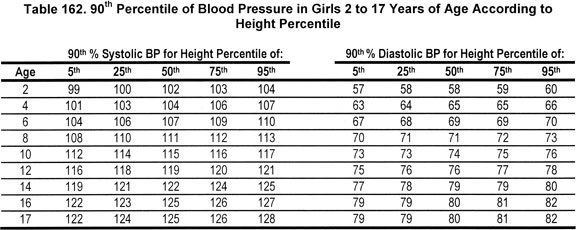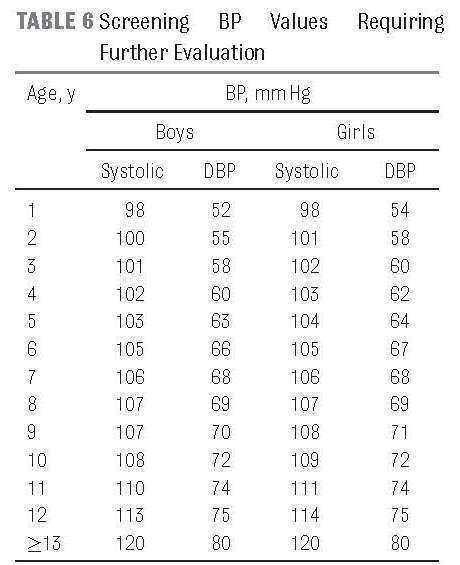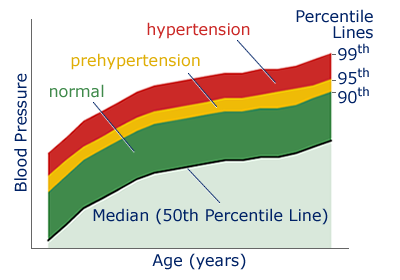


The statistics are alarming, making reducing sodium intake among children and teens crucial. Of total daily sodium consumption, 58 percent came from store-bought foods, 16 percent from fast food/restaurants and 10 percent from school cafeterias.Girls consumed significantly less sodium than boys.Fifty percent of sodium intake came from pizza, Mexican dishes, sandwiches - including burgers - cold cuts, soups, snacks and cheese.High school-aged students consumed roughly 400-800 milligrams more than younger school-aged kids.The average sodium intake was 3,256 milligrams per day.Ninety percent of surveyed children exceeded the recommended sodium level for their age.High sodium intake as a child can lead to full-blown hypertension (high blood pressure) as an adult.Īccording to the 2011-2012 National Health and Nutrition Examination Survey:

The Centers for Disease Control and Prevention (CDC) estimates that one in six children ages 8-17 has above normal blood pressure. One fast food kid’s meal can easily exceed 1,500 milligrams of sodium. Daily recommended sodium intake guidelines for children and adolescents are as follows: One teaspoon of salt equals 2,300 milligrams of sodium. diet, 5 percent of salt is added during cooking, 6 percent is added while eating, 12 percent comes from natural sources, and 77 percent comes from processed and prepared foods. In the U.S., approximately 90 percent of sodium consumption comes from sodium chloride. Table salt (sodium chloride) consists of roughly 40 percent sodium and 60 percent chloride. Regardless, it’s clear sodium intake among kids is too high and poses serious long-term health risks. Other studies have shown no effect on blood pressure. Some studies have shown children and adolescents who consume less sodium experience small reductions in either systolic or diastolic blood pressure. The little research available currently indicates a connection between high sodium intake and high blood pressure in children. How about children? Does a high sodium intake pose the same risks for children and adolescents as it does for adults? Dietary Guidelines for Americans recommend a low-sodium diet to lower the risk of heart disease. The American Heart Association and 2015-2020 U.S. When it comes to sodium intake among adults, the general consensus is that high consumption will increase risk of hypertension and stroke.


 0 kommentar(er)
0 kommentar(er)
